Demise of the Crown: #18: Victoria's Memorial
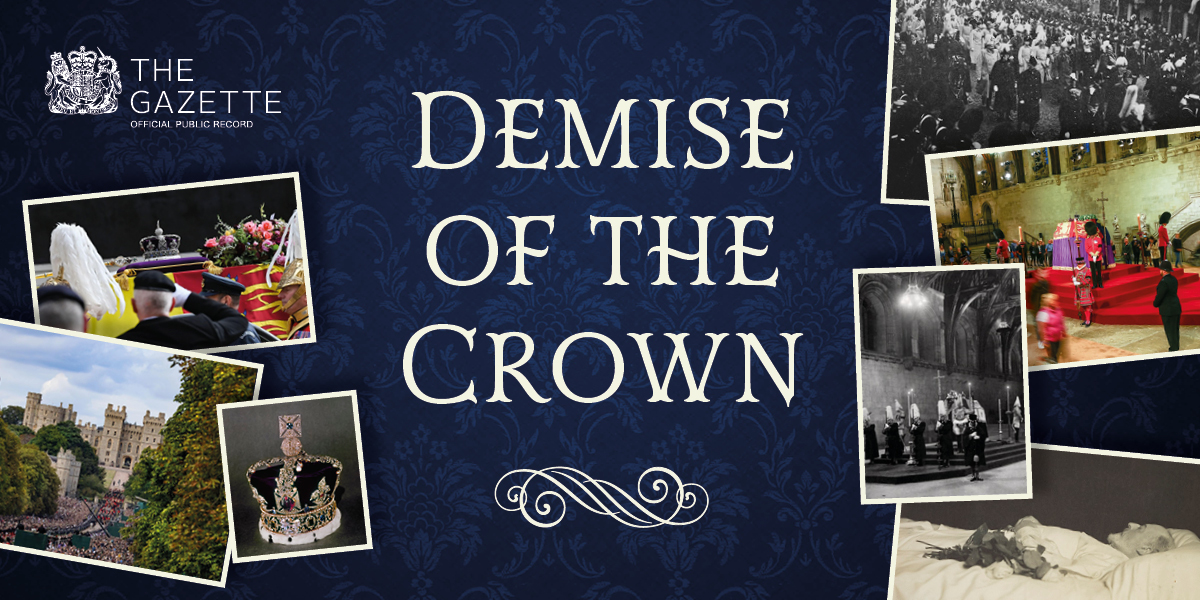
As the official public record since 1665, The Gazette has been recording the deaths of monarchs for over three centuries. As part of our ‘Demise of the Crown’ series, historian Russell Malloch looks through the archives at The Gazette’s reporting of demise events following the death of Queen Victoria.
Mourning period
The Gazette of 24 January 1901 announced that the court mourning for Queen Victoria had been set at one year (Gazette issue 27271), rather than limiting it to the late Hanoverian period of twelve weeks that was observed after the passing of George IV and William IV. The earl marshal expected “all persons upon the present occasion” to “put themselves into the deepest mourning.”
The black dress orders were unlikely to be welcomed across Edwardian England, given the precedents that emerged from early editions of The Gazette, which reported the steps the Privy Council took in 1709 after silk manufacturers complained about the adverse impact of the mourning for Prince George of Denmark (Gazette issue 4526), and in 1728 to address the “great decay of trade” that was caused by “frequent and long publick mournings” (Gazette issue 6720).
Despite the 18th century measures and counter-measures, court and general mournings for British and foreign royal families had continued to be announced in the Victorian Gazette, and little had changed in terms of the negative impact of dress codes on certain business sectors, which led the secretary of the Drapers’ Chamber of Trade to write to The Times in January 1901:
“Apropos of the order for the court to go into mourning … for 12 months, may I be permitted to point out, as representing the retail drapery trade, that coloured fabrics, ribbons, &c., are ordered from the manufacturer three or four months in advance; in fact, the goods ordered in October and November are now being delivered.
As the court will keep in mourning for the period above stated, the example will naturally be followed by the loyal subjects of … the King, with the result that manufacturers and wholesale and retail establishments will suffer enormous loss on goods actually manufactured, for the reason that before the dawn of January, 1902, the coloured fabrics will have depreciated in value and, probably, also be out of fashion.
I know that … the King appreciates the nation’s heartfelt desire to mourn with him. I know, too, that his Majesty would not wittingly cause sorrow or trouble to any of his subjects, but this I fear must inevitably be the case, unless an order in issued by the earl marshal fixing the limit for public mourning.
Traders having already suffered by reason of the war, I venture most humbly to suggest that three months’ public mourning would meet the wishes of the people, and such an order would tend to greatly stimulate trade.”₁
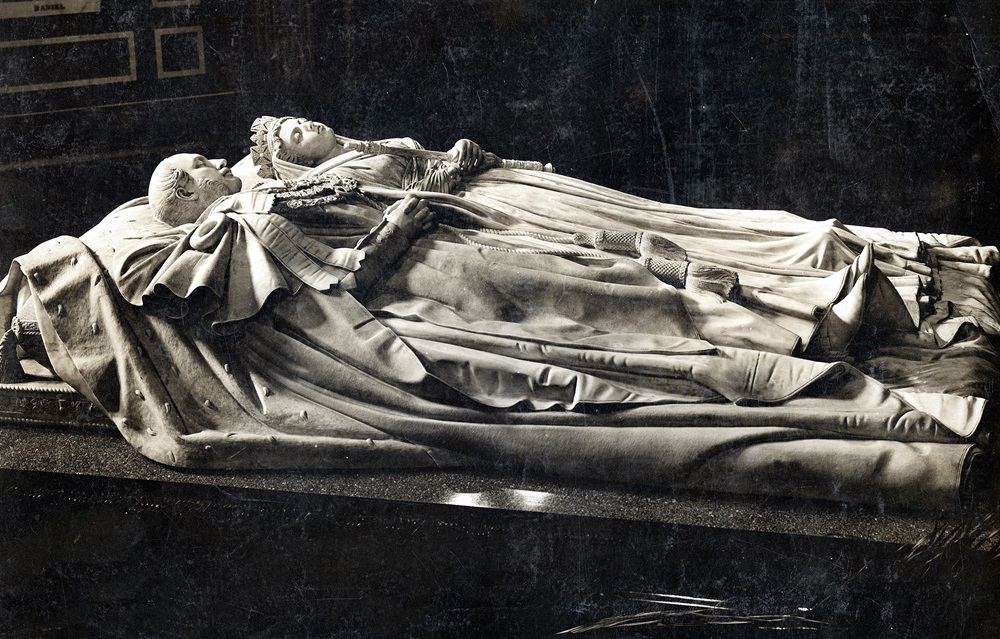
The King’s advisers paid heed to the drapers, and a special Gazette was issued on 28 January (Gazette issue 27276), which stated “that after the 6th day of March next it will not be desired or expected that the public should appear in deep mourning, but that half mourning should be worn until the 17th day of April next.”
The long duration of the black dress code meant that deaths that would ordinarily have been subject to a separate mourning period now fell within the Queen’s term. This was so with the notices relating to Victoria’s daughter, the Dowager German Empress, in August 1901, and President William McKinley of the United States of America, who was assassinated in September of that year (Gazette issue 27355).
The drapers’ lesson appeared to have been forgotten by the next demise of the crown in 1910, but after Victoria’s death The Gazette reported fewer black dress notices, and the lord chamberlain’s orders appeared in the press, or in association with the Court Circular. One mourning of particular note in European history arose in 1914, when The Gazette explained how the court would mark the passing of Archduke Francis Ferdinand of Austria-Este, whose murder at Sarajevo contributed to the start of the first world war (Gazette issue 28845).
Demise of the Crown Act
Parliament passed the Demise of the Crown Act in July 1901 (Gazette issue 27330), which ensured that at the next demise – which occurred on the death of Edward VII in 1910 – the “holding of any office under the crown […] shall not be affected, nor shall any fresh appointment thereto be rendered necessary, by the demise of the crown.”
Separate measures dealt with a variety of current issues that were affected by the demise, including the continuity of the royal commissions that were then in place. The Gazette published the royal warrant of March 1901 that regulated the commissioners who were still acting when Victoria died (Gazette issue 27295), including the Horse Breeding, Local Taxation and Salmon Fisheries Commissions. The warrant declared that the commissioners were authorised “to continue their labours”, and ratified and confirmed the terms of the several commissions.
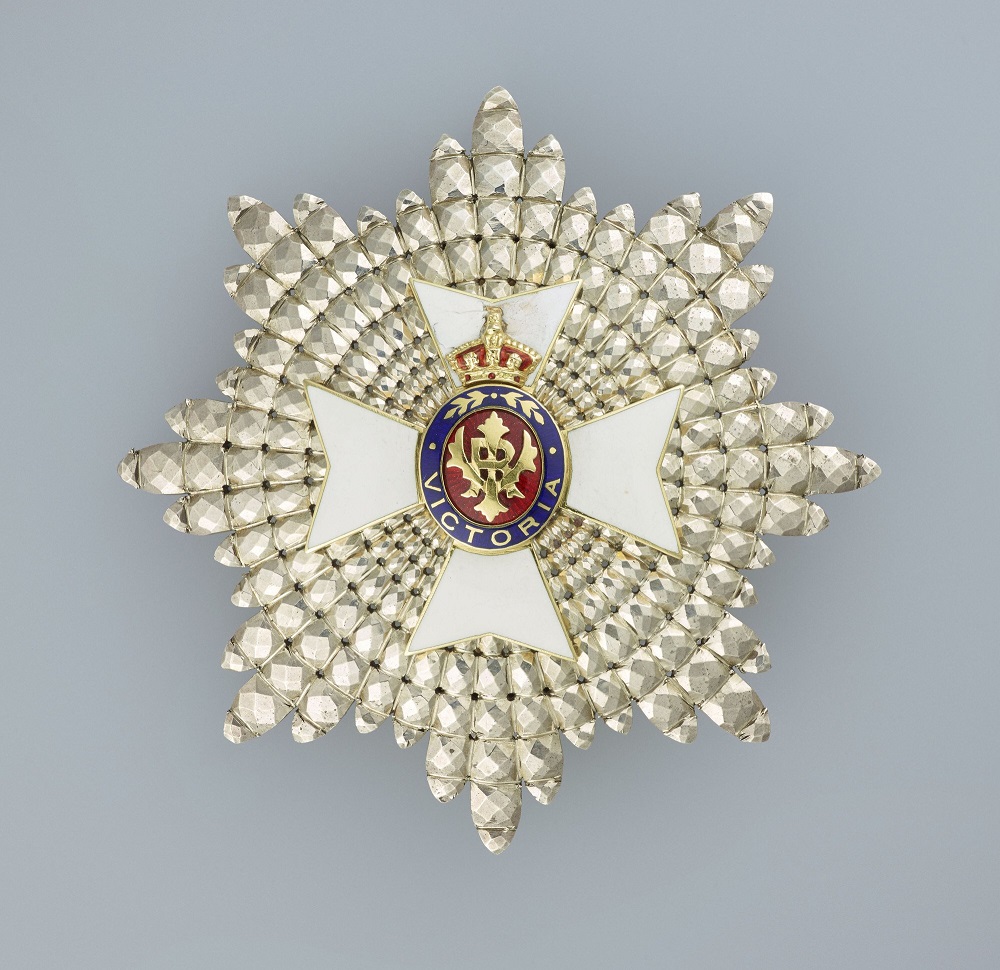
Funeral honours
King Edward used the Victorian Order to reward some of those who dealt with matters relating to his mother’s death. The Gazette notices began on 1 February 1901, when Ian Dennistoun, and two of the other officers of the Grenadier Guards who stood on duty at Osborne House, were made members of the order (MVO) (Gazette issue 27282).
On the following day, the eight pall bearers were honoured. The grand cross (GCVO) was conferred on the three senior household officers, Arthur Bigge, Fleetwood Edwards and John McNeill, while the commander’s cross (which, until 1918, was the highest British honour after a knighthood) was given to William Carington, Arthur Davidson, Count Gleichen, Henry Legge and Frederick Ponsonby. Legge’s CVO recalled the early modern burials at Windsor, as he was the great-grandson of the Earl of Dartmouth who, as lord chamberlain, altered the funeral arrangements for the Duke of Gloucester in 1805.
The GCVO was also given to Sir James Reid and Prince Louis of Battenberg, who accompanied the Queen’s remains in London, while the MVO was granted to five officers of the naval detachment who conveyed the gun carriage from the station to the castle.
There is no record in The Gazette of the names of more than 300 non-commissioned officers and men of the army and navy who were handed the Royal Victorian Medal by the King for their work at his mother’s obsequies. This was because the current disclosure policy was not to gazette recipients of the medal, which the press referred to as “the rank and file equivalent of the Victorian Order”. The allocation of honours reflected the class and rank-based systems that applied in the Edwardian era, with the medal in silver being given to non-commissioned officers, and in bronze to other ranks.
The Royal Victorian Medal was instituted along with the order in 1896, but had rarely been awarded by its founder, and so the precedents were limited. By the time Victoria died, the largest distribution had occurred in 1900, when fewer than 30 medals were given to policemen who secured the route during the Queen’s visit to Ireland. By comparison with the Irish precedent, the funeral awards were made on what appeared to be a generous scale. It was also a scale that was never repeated for the other royal and state events of Edward’s reign, as the largest number of medals he granted during the next decade came in 1906 when 70 were approved for services during the Prince of Wales’s visit to India.
The “demise of the crown” investitures began on board the royal yacht Victoria and Albert, when the King gave medals to the men who fitted out the chapelle ardente at Osborne, constructed the catafalque on the quarterdeck of the Alberta, and carried the coffin from Osborne to the sea. When the ship’s company was mustered, the King said: “I have called you before me, as you were employed on a very grave and solemn duty, which you admirably performed, in carrying the remains of our beloved Queen today. She instituted these Victorian Medals a few years ago, and I am conferring them upon you not for my sake only, but for the sake of our late beloved Queen whom you for so many years served faithfully.”
At St George’s Hall in Windsor Castle, on 6 February, the King presented medals to the men of the Grenadier Guards who formed the guard of honour in charge of the late Queen’s remains. He then met the naval crew at Portsmouth on 16 March, and invested the officers as members of the Victorian Order (Gazette issue 27296), while the men from HMS Excellent received their medals in silver or bronze. One of the last survivors of the historic naval detachment was Leonard Holbrook, who received the MVO in 1901 and died in 1974.
Finally, at Marlborough House in London, the King delivered insignia and medals to the gun personnel from the Royal Horse Artillery, and the household troops who formed the bearer party at Windsor.
The Edwardian precedent was of some importance in the context of the demise of the crown, as the Victorian Order and its medals were used reward services connected with the death of the monarch in 1910, 1936, 1952 and 2022. The Gazette announced appointments to the order on all four occasions, while the names of the medallists were only gazetted in 2022 (Gazette issue 64008), following a change to the reporting policy at the start of Elizabeth II’s reign.
Despite the issue of commemorative medals to celebrate the late Queen’s golden and diamond jubilees in 1887 and 1897, no official medal was struck to mark her funeral, or to remember any later demise of the crown. The Royal Victorian Medals that were presented in 1901 provided a reminder of the late Queen, as they showed her effigy on one side and the royal and imperial cypher (VRI) on the reverse, and were suspended from a blue riband, with red and white stripes at the edge.
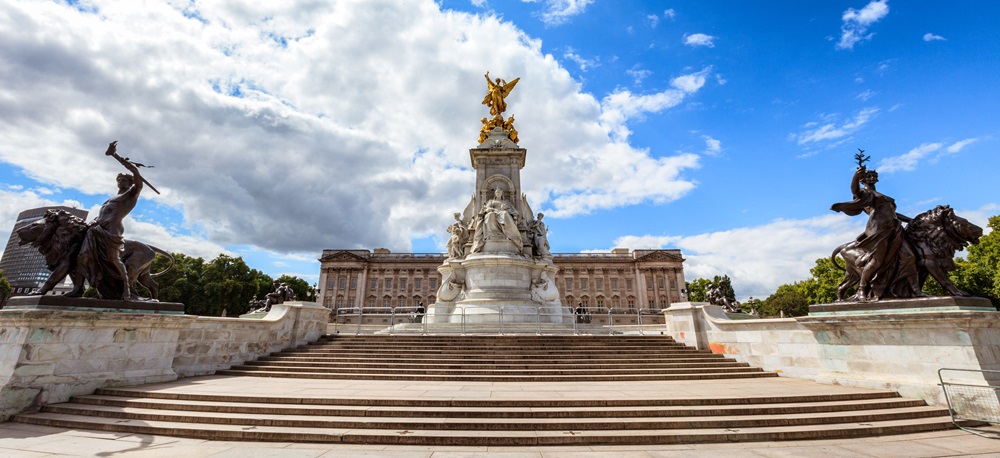
London Memorial
Queen Victoria is remembered in one of central London’s most prominent landmarks, the memorial, which was funded by public subscriptions, and erected in front of Buckingham Palace. The story of the huge monument was the subject of a special Gazette, which was published on the day of its unveiling in May 1911 (Gazette issue 28495).
The structure presented a seated effigy of Victoria in her robes and regalia, looking down the Mall, along a thoroughfare that was used for many royal processions, which employed a well-trodden route from Buckingham Palace through Horse Guards, and then into Whitehall and on towards Westminster Abbey.
The Gazette reported honours connected with the Victoria Memorial, including a knighthood of the Bath (KCB) for the sculptor Thomas Brock, who designed the effigy of the Queen that was used for the final coinage of her reign, and the Royal Victorian Medal, in the 1890s and was responsible for several statues that were erected throughout the empire. The dignity of commander of the Victorian Order (CVO) was given to the architect Sir Aston Webb (Gazette issue 28496).
The unveiling of the memorial by George V recalled aspects relating to his grandmother’s death, as the German Emperor travelled to London to take part, and the King walked in a procession of the royal family and households, accompanied by units from home and German forces, and with an audience that included Arthur Bigge, William Carington and Henry Legge, who were three of the pall bearers at Victoria’s funeral.
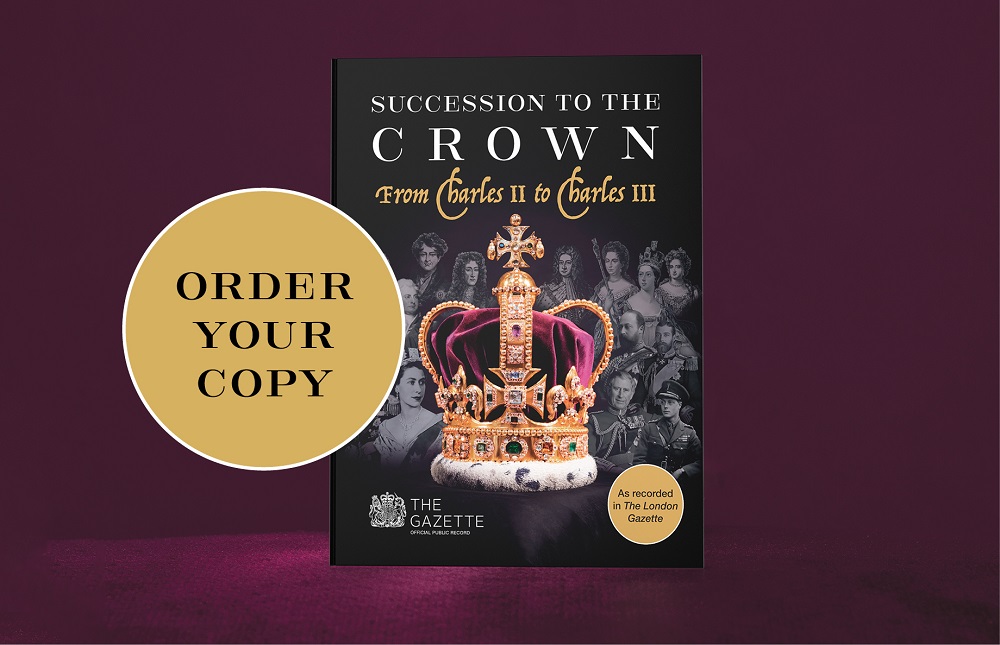
Succession to the Crown: From Charles II to Charles III
Succession to the Crown is essential reading for anyone with a keen interest in the British royal family and provides an excellent and trusted source of information for historians, researchers and academics alike. The book takes you on a journey exploring the coronations, honours and emblems of the British monarchy, from the demise of King Charles II in 1685, through to the accession of King Charles III, as recorded in The London Gazette.
Historian Russell Malloch tells the story of the Crown through trusted, factual information found in the UK's official public record. Learn about the traditions and ceremony engrained in successions right up to the demise of Queen Elizabeth II and the resulting proclamation and accession of King Charles III.
Available to order now from the TSO Shop.
About the author
Russell Malloch is a member of the Orders and Medals Research Society and an authority on British honours. He authored Succession to the Crown: From Charles II to Charles III, which explores the coronations, honours and emblems of the British monarchy.
See also
King Charles III and The Gazette
Gazette Firsts: The history of The Gazette and monarch funerals
Find out more
Succession to the Crown: - From Charles II to Charles III (TSO shop)
Images
The Gazette
Sueddeutsche Zeitung Photo / Alamy Stock Photo
Royal Collection Trust / © His Majesty King Charles III 2025
Qmin
The Gazette
References
- The Times, 26 January 1901, page 14.
Publication date
10 February 2025
Any opinion expressed in this article is that of the author and the author alone, and does not necessarily represent that of The Gazette.
